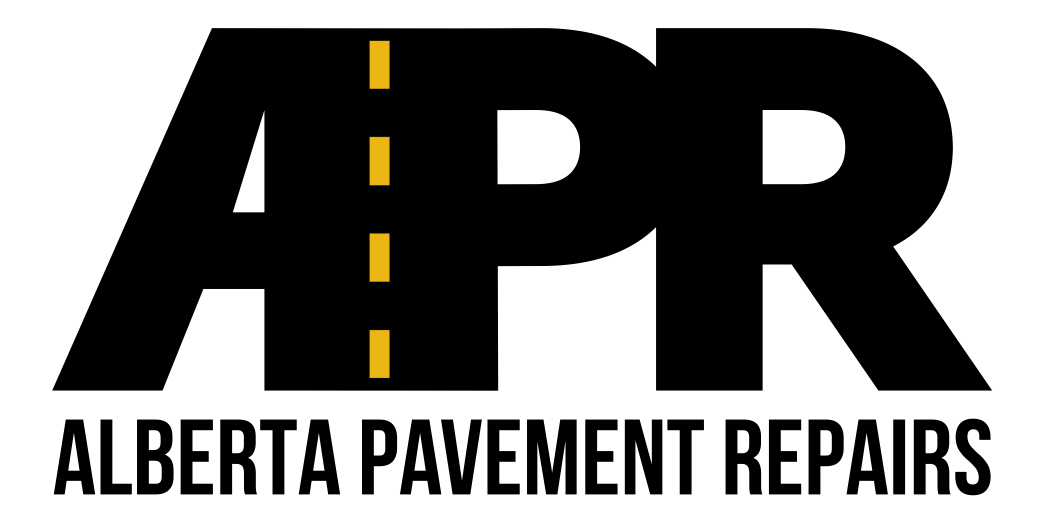ROUT And Seal Pavement Repairs
Rout & Seal is our most effective form of crack sealing. It is suitable for cracks that are well defined with little-to-no secondary cracking and works most effectively on asphalt that is 2-10 years old. The original crack should not be wider than 1 inch.
We are proud to offer two methods of Rout & Seal. Our new Dust Control Method is a leading edge process designed by APR and has been in development since 2017. It is ideal for scenarios where simply blowing the dust and debris off the roadway is not acceptable, such as in any urban setting.
The benefits of our Dust Control Method include:
Minimal fine dust particulate being blown into the air. This provides a huge health benefit to both crew members and the public, providing minimal exposure to silica.
A cleaner environment during and after construction. The conventional method blows debris off the roadway, requiring cleanup of curbs, sidewalks, driveways, etc.
Conventional Method
Conventional Method Process
Step 1: Routing
A machine is used to cut through the center of the crack.
The purpose of this is to increase the amount of sealant that will seal the crack.
This provides smoother and better bonding surfaces for the sealant as compared to an unrouted crack.
The rout profile can be altered for the specific application; from 12mm wide to 40mm wide.
Step 2: Cleaning
Cracks must be completely free of dust and debris to provide a good surface for sealant to bond to.
The use of a high powered air compressor is needed. Backpack blowers typically are not strong enough to remove a fine layer of dust from the routed crack.
If the rout has moisture in it, a hot-air lance can be used to dry the asphalt.
Step 3: Sealing
The sealant is a hot applied rubberized asphalt.
An oil jacketed kettle is used to heat sealant and pour it directly into the rout.
When applied, the sealant will be level with or just below the asphalt surface.
The sealant should have roughly 1-3cm sideband to help provide a strong bond.
A solution is sprayed on the sealant after it has cooled slightly. This allows traffic to drive over the sealed crack within minutes.
Selection of the proper sealant is vital. Different grades are available for different applications.
Sealants used on highways conform to ASTM D6690 Type IV and stay very soft.
Sealants used in urban areas need to be stiffer to resist pickup from vehicle tires during hot weather. Typically, sealants used in these applications conform to ASTM D6690 Type II.
Dust Control Method
Dust Control Method Process
Step 1: Routing
A Crafco Dust Control Router with a fine dust collection system is used to cut through the centre of the crack.
Step 2: Cleaning
For this step, APR has designed a custom trailer that supports a Crafco CrackVac and a Sullivan-Palatek 185cfm air compressor.
A vacuum hose is run in front of the truck to suck up dust and debris.
An air line is run out of the back of the trailer to fully clean the crack.
Step 3: Sealing
The sealant is a hot applied rubberized asphalt.
An oil jacketed kettle is used to heat sealant and pour it directly into the rout.
When applied, the sealant will be level with or just below the asphalt surface.
The sealant should have roughly 1-3cm sideband to help provide a strong bond.
A solution is sprayed on the sealant after it has cooled slightly. This allows traffic to drive over the sealed crack within minutes.
Selection of the proper sealant is vital. Different grades are available for different applications.
Sealants used on highways conform to ASTM D6690 Type IV and stay very soft.
Sealants used in urban areas need to be stiffer to resist pickup from vehicle tires during hot weather. Typically, sealants used in these applications conform to ASTM D6690 Type II.



